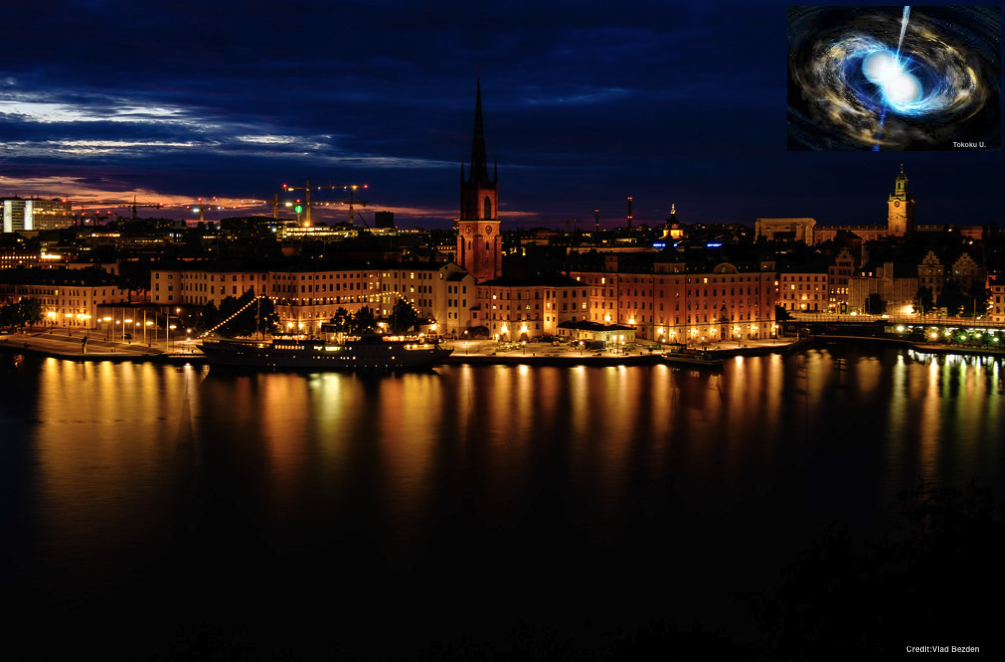Speaker
Description
The detection of GW170817 and the accompanying electromagnetic counterpart, AT2017gfo, have provided an important set of observational constraints for the high density Equation of State and r-process nucleosynthesis. To interpret the observations of AT2017gfo, detailed theoretical models are required. The majority of binary neutron star ejecta models considered when simulating kilonovae have been in 1D, or even idealised toy models, which have neglected the complexities related to hydrodynamics modelling. Few kilonova simulations have carried out full 3D simulations of the merger and subsequent kilonova. We use the 3D Monte Carlo radiative transfer code ARTIS to carry out simulations based on the dynamical ejecta from 3D smoothed-particle hydrodynamics neutron star merger simulations, including a sophisticated neutrino treatment. We present line-of-sight dependent synthetic observables, and discuss the angle dependence, as well as compare to the observations of AT2017gfo.

